In 2025, artificial intelligence (AI) has transcended its status as a mere technological curiosity to become a vital tool—and even a collaborator—in artists’ studios worldwide. From sparking initial ideas to managing the business side of creativity, AI is reshaping artistic practice in ways that are both exhilarating and thought-provoking. But how are artists harnessing this technology, and what does it mean for the future of originality, authorship, and artistic value? This year’s edition dives into the evolving relationship between artists and AI.
AI as a Creative Partner
Far from replacing human creativity, AI is emerging as a collaborative partner, amplifying artists’ visions rather than supplanting them. Tools like DALL·E, Midjourney, and Adobe Firefly are revolutionizing visual art by generating prompts, sketches, or fully realized digital works, while Runway and Sora (video AI) enable animated narratives and experimental video art. Meanwhile, language models such as ChatGPT and Claude assist with writing proposals, crafting titles, or generating fictional narratives that inspire visual projects.
“I use AI to generate the starting point, and then my job is to destroy it, rework it, humanize it,” explains a Berlin-based multimedia artist. This approach underscores AI’s role as an assistant—accelerating exploration without dictating meaning. For instance, a London painter recently used Midjourney to create 50 variations of a surreal landscape, selecting one as a foundation to layer with hand-painted textures, blending machine precision with human intuition.
Experimentation Without Limits
AI’s ability to facilitate rapid experimentation is transforming artistic workflows. Artists can test color palettes and compositions instantly, generate multiple concept versions for comparison, or reinterpret classical artworks through an algorithmic lens. This has fueled a renaissance in abstraction, surrealism, and post-photographic imagery, with artists pushing boundaries previously constrained by time or resources. For emerging talents—especially those without access to costly studios or materials—AI democratizes creation, leveling the playing field in a competitive market.
Case Study: AI & Textile Artists
A standout example is the integration of AI by textile artists. In workshops across India, practitioners are inputting fabric patterns and dyeing traditions into AI systems to produce digital prototypes. These outputs serve as blueprints for physical weavings or prints, merging heritage with innovation. One Mumbai-based artist noted, “AI helps me envision patterns my loom couldn’t dream of alone,” highlighting a fusion of cultural legacy and futuristic design.
Critiques & Conversations
The rise of AI in art is not without controversy. Ethical concerns loom large, particularly around datasets that scrape existing artwork without consent, raising questions about intellectual property. Debates over originality and authorship—Who truly creates the work?—are intensifying, especially as AI-generated pieces gain traction at auctions. Economically, some fear an oversupply of AI art could devalue human labor, a concern echoed in recent discussions at the Sharjah Biennial. These issues have sparked a curatorial dialogue about artistic integrity in the machine age, with critics and creators alike reevaluating what defines art.
A Global Movement
AI-based art is breaking geographical barriers, empowering artists in regions often sidelined by the global art stage. In Iran, where censorship limits expression, artists use open-source AI tools to encode subversive narratives in abstract visuals. In Nigeria, creators blend AI with traditional motifs to explore diaspora themes, while Indian artists craft works reflecting identity and modernity. This global surge, supported by accessible tools, is enriching the art world with diverse perspectives.
Where We’re Headed
Looking ahead, AI is poised to become a medium in its own right, akin to photography or video in past decades. The most impactful works will likely emerge from artists who wield AI thoughtfully, weaving it into narratives of care, conflict, and culture. As seen at events like Osaka Art & Design 2025, where AI-generated installations dazzled audiences, the technology’s potential lies in its ability to amplify human stories.
Final Thought
AI cannot replicate the heart, instinct, or soul of an artist. Yet, it serves as a mirror, a muse, and a machine—amplifying imagination and challenging our definitions of art. In 2025, the artist’s role evolves from sole creator to editor and storyteller, forging a new frontier in creative expression.
What are your thoughts on AI’s role in art? Share with Artinfoland Magazine’s community below!


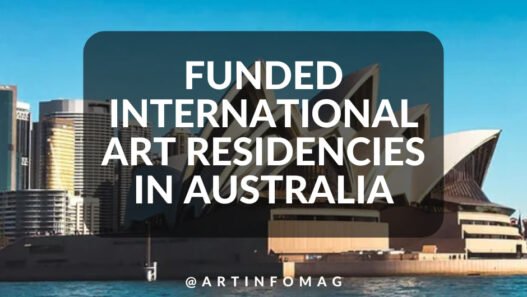

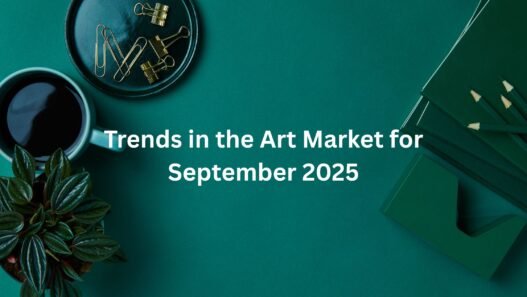

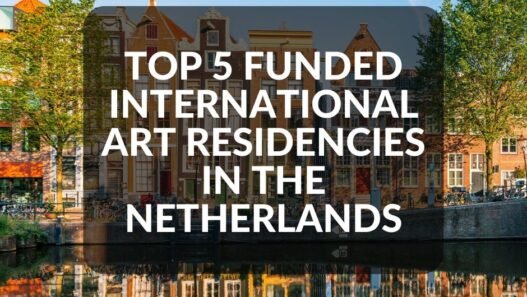


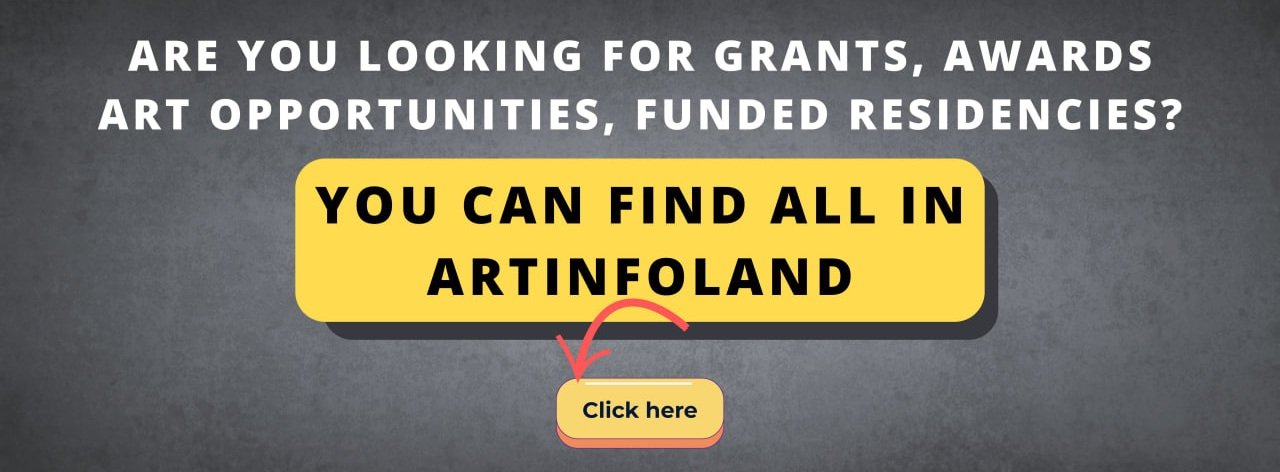


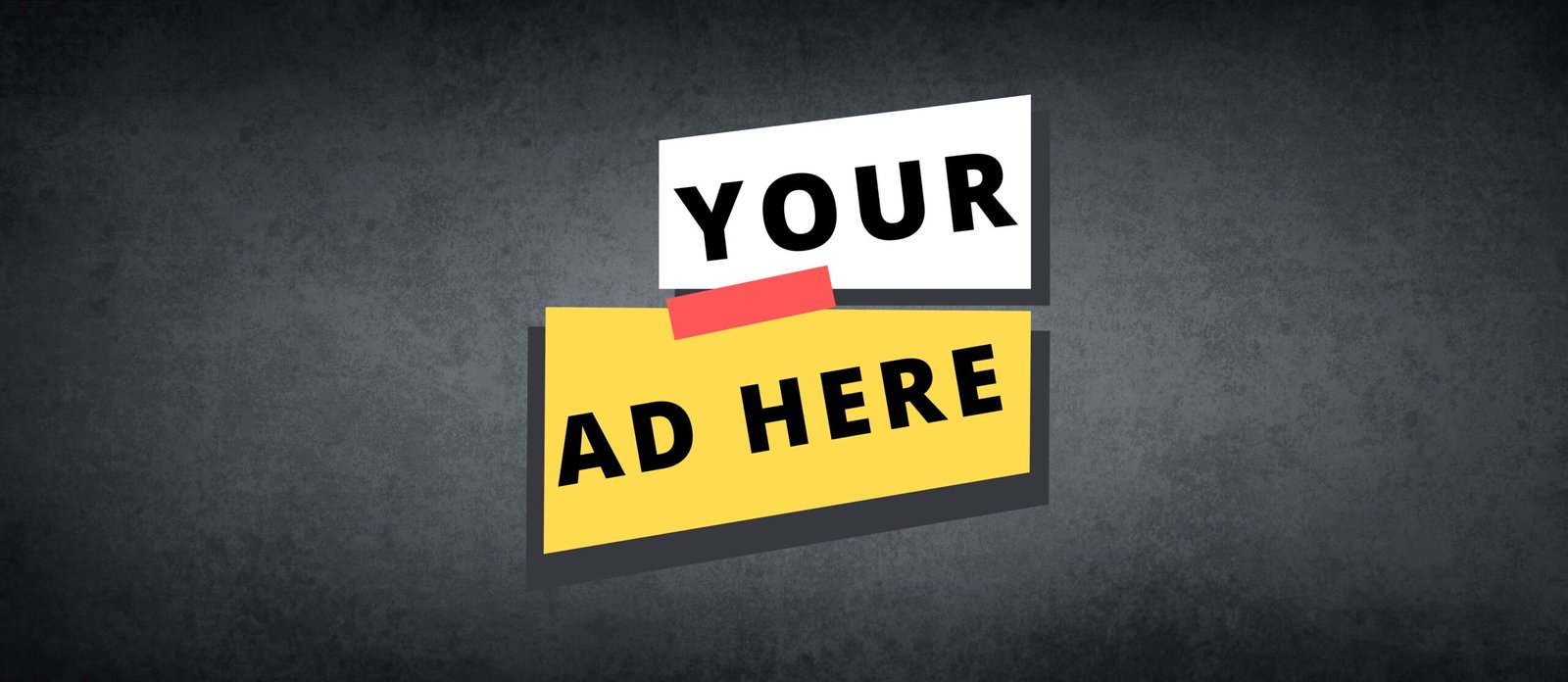
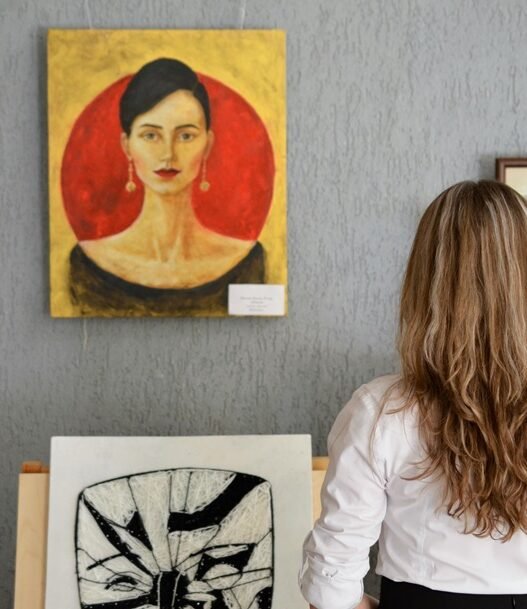
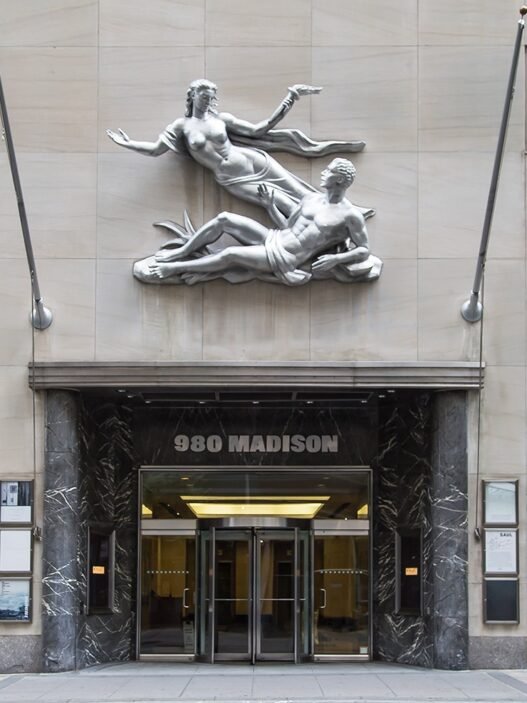
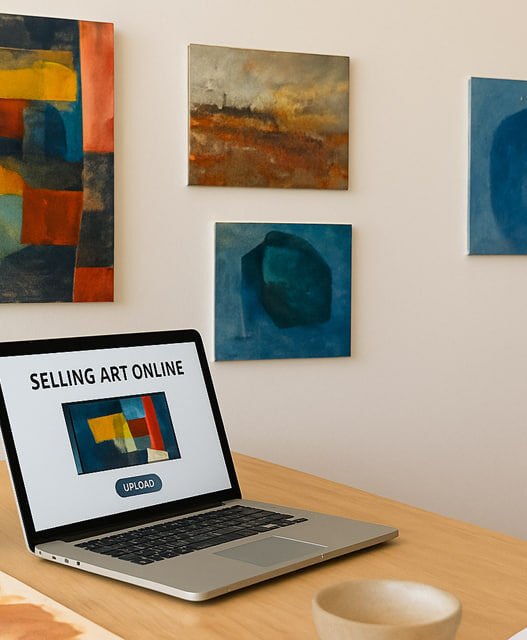
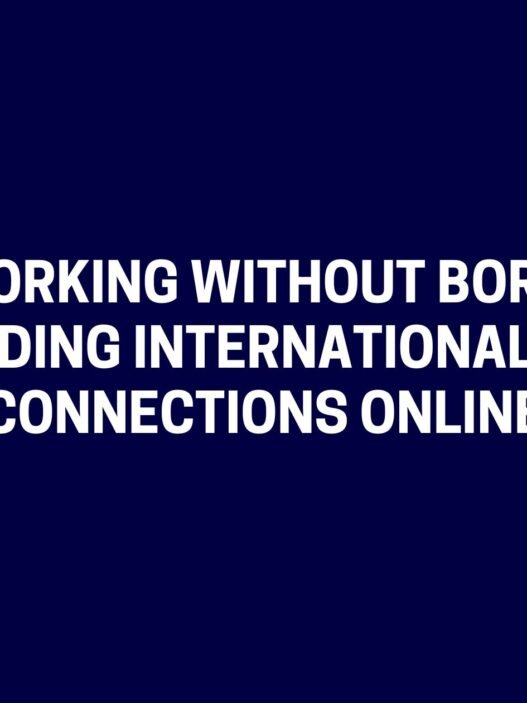
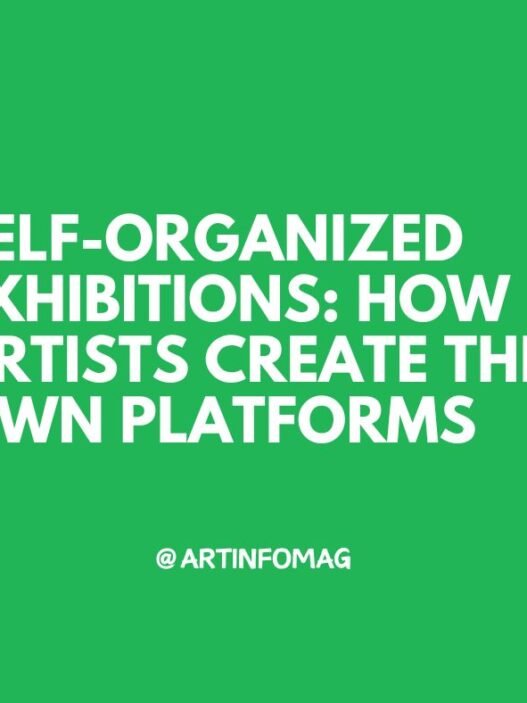
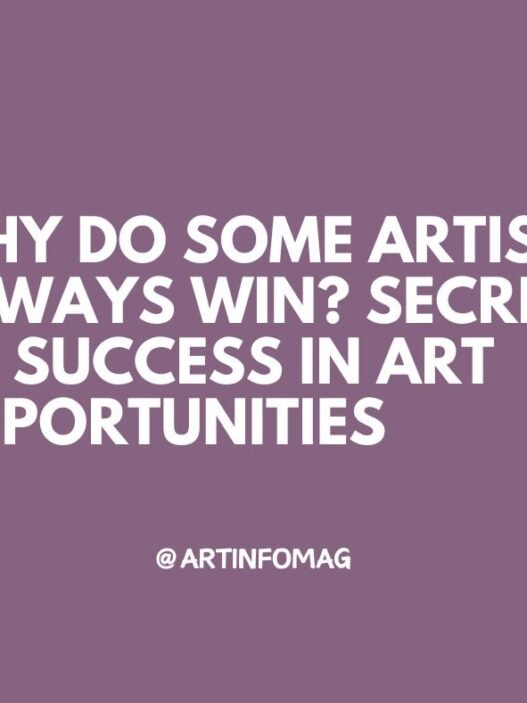
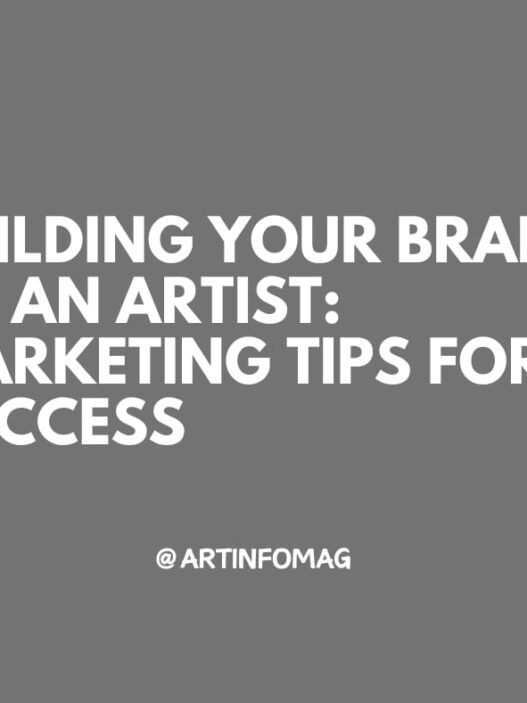

As a visual artist working primarily in painting, I’ve been experimenting intensively with AI over the past years and have already created several hybrid series. For me, collaborating with AI is a powerful enrichment of my artistic practice. It opens up new pathways for composition, conceptual development, and visual exploration—while maintaining my personal signature. Thank you for this inspiring article!